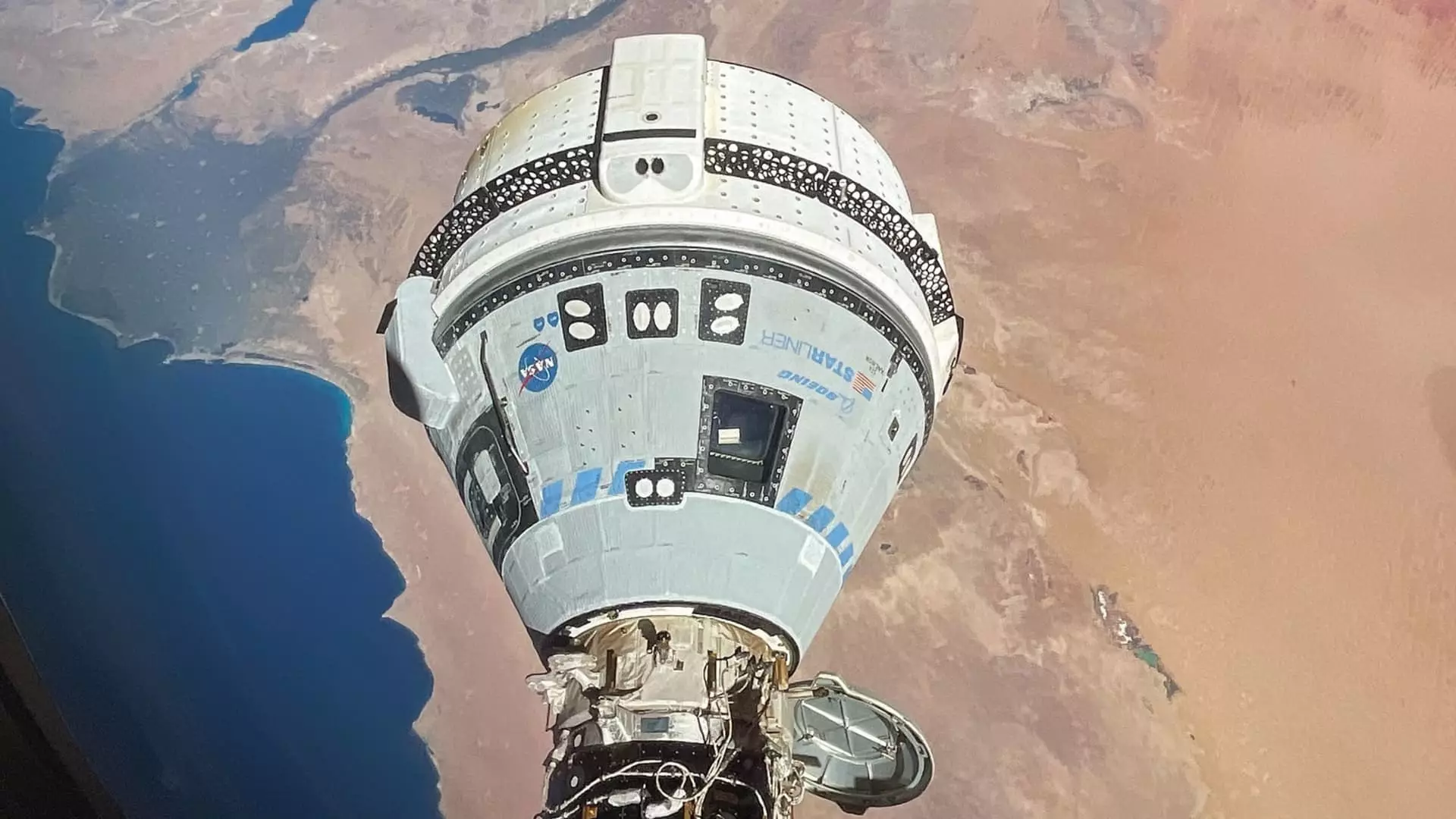NASA and Boeing have decided to extend the first crewed flight of the Starliner capsule named “Calypso” at the International Space Station. This extension is primarily to conduct additional testing on the ground to gather more data about the spacecraft’s performance, particularly focusing on its thruster system. The initial plan was for the Starliner to stay in space for nine days, but as of now, it has been 24 days and counting. The decision to extend the stay is not due to an emergency situation but rather to ensure a thorough examination of the spacecraft before its return.
Boeing and NASA will be conducting a test campaign of the spacecraft’s thruster technology at White Sands, New Mexico. This testing is aimed at replicating the in-flight conditions as closely as possible on the ground. NASA’s Commercial Crew manager, Steve Stich, mentioned that the testing could take a couple of weeks to complete. The main goal of this ground testing is to ensure that there are no unusual issues with the spacecraft’s thruster performance, especially after encountering problems during the approach to the ISS.
Despite the delays and setbacks faced by the Starliner mission, NASA and Boeing have both assured that the spacecraft is safe to return at any point, and the crew members – Butch Wilmore and Suni Williams – are not stranded in space. This additional testing is being conducted to enhance the safety measures and performance of the thruster system. Boeing’s Starliner program Vice President, Mark Nappi, emphasized that the extended stay at the ISS is a voluntary step to further study the spacecraft during this experimental mission.
Once considered a competitor to SpaceX’s Dragon capsule, Starliner has faced several setbacks and delays that have pushed it into a backup position for NASA. The agency now plans to have both SpaceX and Boeing fly astronauts on alternating flights to the ISS. The Starliner crew flight test is a crucial phase before NASA certifies Boeing for operational, six-month missions. However, the mission has encountered various issues, highlighting the complexity and challenges of crewed spaceflight operations.
Both NASA and Boeing have expressed confidence in the safety and capabilities of the Starliner spacecraft. Even though the return to Earth has been delayed for additional testing, officials have reiterated that the crew is not in any danger and that there is no increased risk associated with bringing them back. The spacecraft is designed for missions lasting up to 210 days, indicating its robustness and adaptability to prolonged spaceflights.
The extended stay of Boeing’s Starliner “Calypso” at the International Space Station underscores the meticulous approach taken by NASA and Boeing to ensure the safety and performance of the spacecraft. The ground testing at White Sands will provide valuable data on the thruster system, crucial for the certification of crewed missions. Despite the challenges faced by Starliner, the collective efforts of the teams involved continue to maintain a strong commitment to the success of human spaceflight missions.

